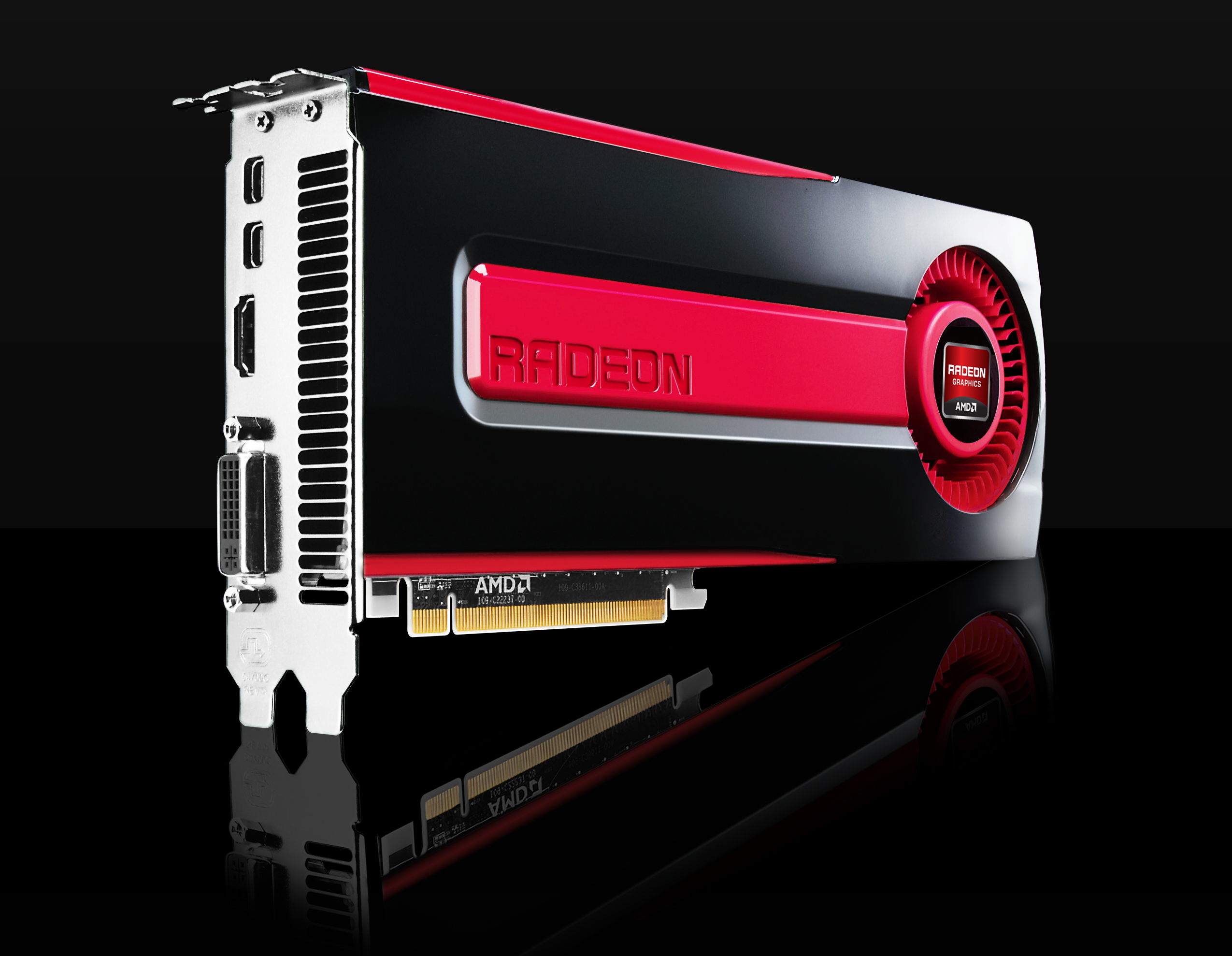Why you can trust TechRadar
As with any graphics card release it's all about performance and the AMD HD 7950 has got it in spades, and with a fair amount in reserve too.
At stock speeds the pace the AMD HD 7970 sets is tough for the HD 7950 to follow, leaving it at least 10% slower than its big brother. Sometimes that gap widens leaving the HD 7950 around 20% behind.
That's something that we would normally expect between the top two cards of a manufacturer's new generation.
But what of our assurances the AMD Radeon HD 7950 was almost as good a card?

Well as soon as you start waving around that familiar overclocking stick you can quickly see much of the difference between the two cards was taken up with the separation in core clockspeed.
Of course there's no guarantee that every Tahiti Pro GPU will be capable of these feats of overclocking, but the yields of these chips are only going to improve so I wouldn't be in the least surprised to see every Tahiti Pro capable of topping the 1GHz mark.
Like the HD 7970 before it we were able to drop into AMD's Overdrive software and push all the clock and memory sliders to their maximum settings without a problem.
In the case of the AMD Radeon HD 7950 that meant we hit 1,100MHz on the core and 1,575MHz for the memory.
That's fast.
And, as you can see from the benchmarks on the previous page, when the clockspeeds are pushed to the same limits there is almost nothing between the two top AMD HD 7000 series cards.
Considering the HD 7950 is over £100 cheaper than the HD 7970, that's quite impressive.
Interestingly though you don't even need to overclock the cards to make that difference disappear in CrossFire.
When the HD 7000 series cards are paired up there is again very little to separate them in terms of performance, and nothing that couldn't be closed if you just pushed the HD 7950 up to 925MHz.
